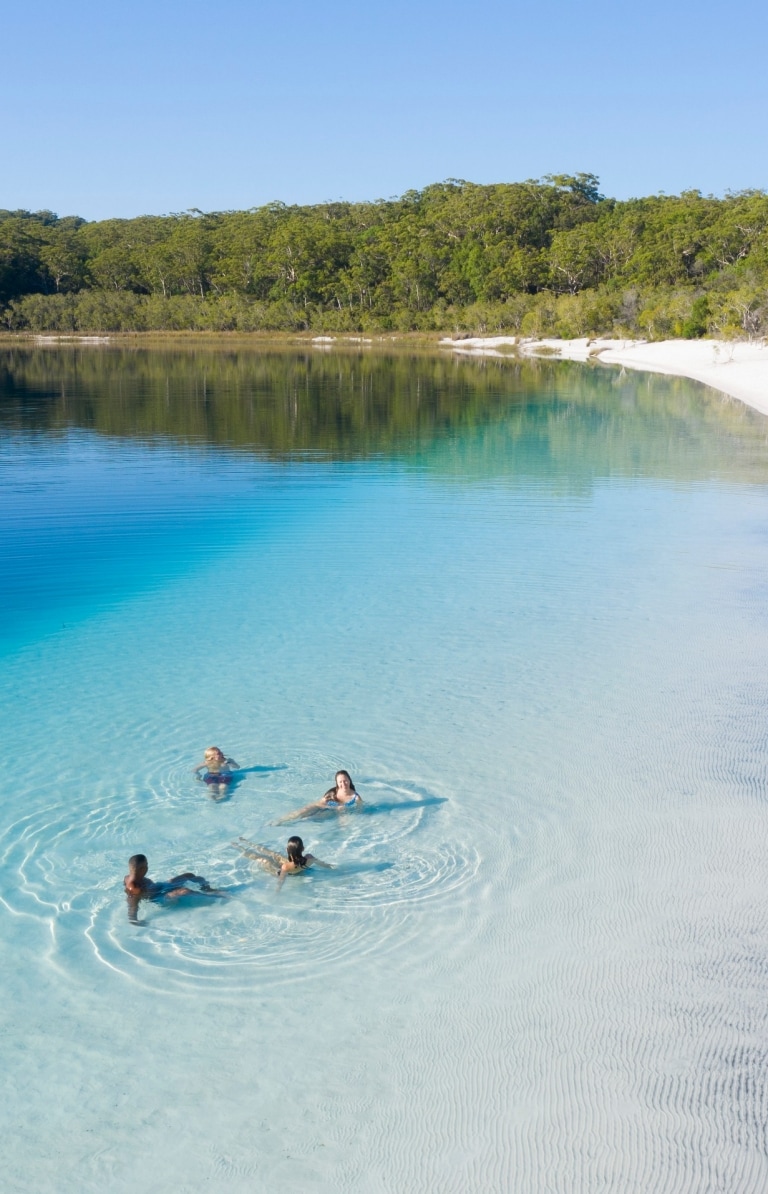If you think a year might not be long enough to satisfy your Aussie wanderlust, there’s one really important consideration to factor into your equation: you must complete three months of specified work while your first Work and Holiday visa (subclass 462) is still valid.
That work will have to be completed in regional or northern Australia, and it has to be paid in accordance with Australian legislation and awards. What does that mean? You’ll need pay slips and will contribute tax and superannuation payments. Informal work, such as cash-in-hand work, does not count as a second-year visa job.
The work falls into the following categories:
- plant or animal cultivation in northern Australia and other specified regional areas
- tree farming and felling in northern Australia
- fishing and pearling in northern Australia
- construction in northern Australia and other specified regional areas
- tourism and hospitality in northern or remote and very remote Australia
- Paid and volunteer disaster recovery work
In total, you need to complete the equivalent of three months’ full-time work, or a total of 88 days. You can either do this as a single block – as a full-time or part-time worker – or in several shorter blocks. The main thing to remember is you can’t complete it in a shorter timeframe than three months (for example, working double shifts for six weeks). If you want to find out more about the types of jobs you can take on, where to find vacancies, and the specific geographical locations that are acceptable, you can read more here.































































































































